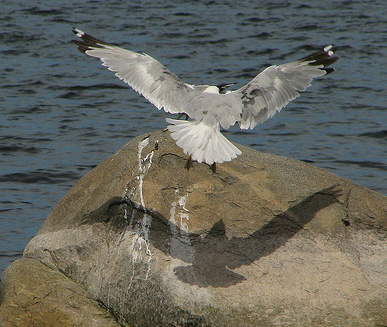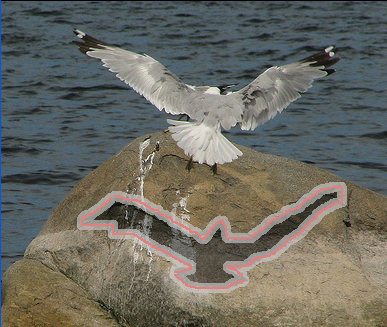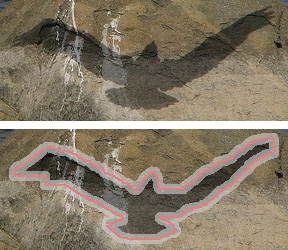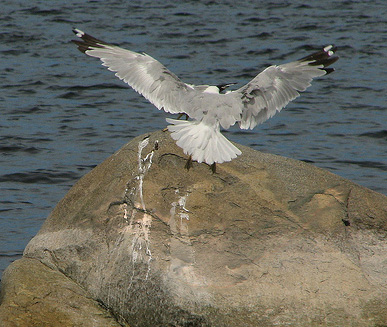Texture-Consistent Shadow Removal
Computer Sciences Department, University of Wisconsin-Madison
This paper presents an approach to shadow removal that preserves texture consistency between the original shadow and lit area. Illumination reduction in the shadow area not only darkens that area, but also changes the texture characteristics there. We achieve texture-consistent shadow removal by constructing a gradient field that removes these two shadow effects and reconstructing from this gradient field a shadow-free image by solving a Poisson equation. The key is to construct the shadow-free and texture-consistent gradient field. First, we estimate the illumination change surface and remove the gradients it induces. We estimate and sample the illumination change surface using line segments across the shadow boundary. We model the illumination change along each line segment as a spline. Because the illumination change surface is smooth along the shadow boundary, we formulate estimating these illumination change splines along the boundary as an optimization problem which balances the smoothness between the splines and their fitness to the image data. Using these illumination change splines, we cancel the illumination change effect on the original gradient field. Second, we estimate the shadow effect on the texture characteristics using the texture in the umbra and lit area near the shadow boundary. Accordingly we transform the gradients inside the shadow area to cancel this shadow effect to be compatible with the lit area. Experiments on real photos from Flickr demonstrate the effectiveness of our method.


(a) original image
(b) shadow boundary specified by user


(c) shadow boundary specified by user (zoom in)
(d) shadow- free image
http://www.flickr.com/photos/lexnger/200319695/